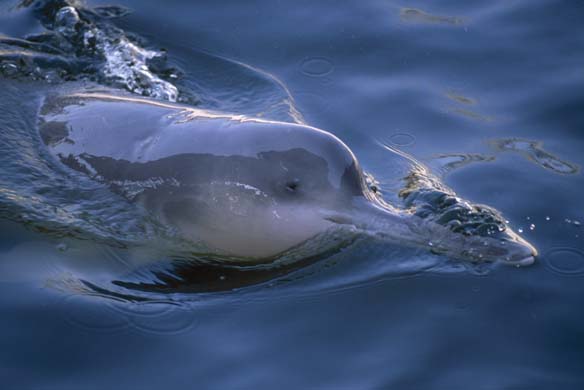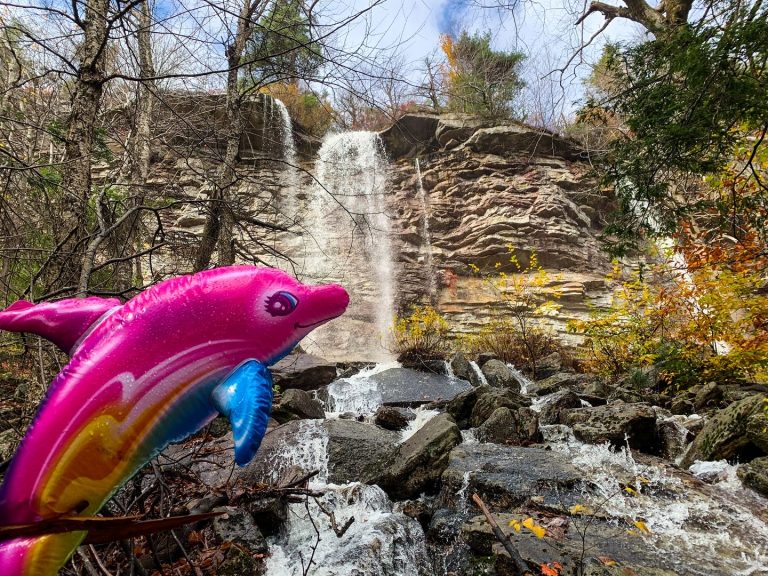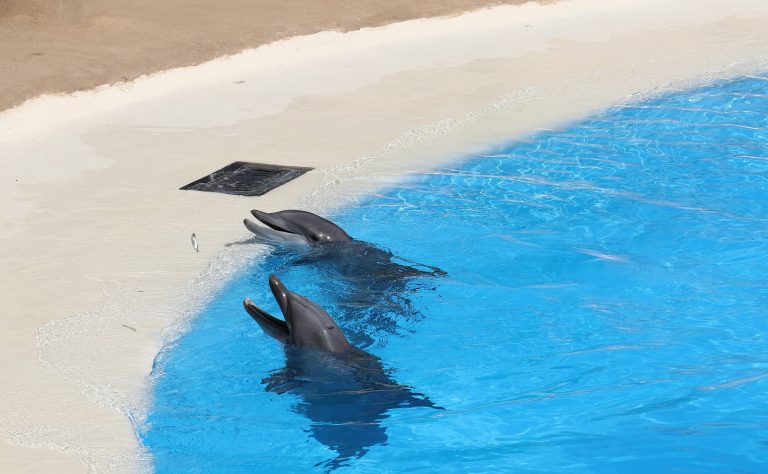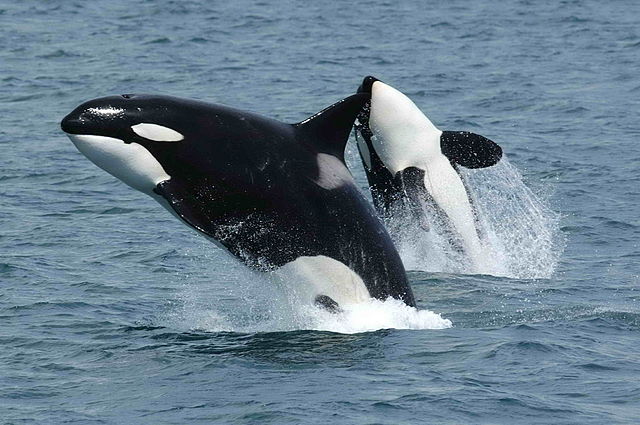Is The Yangtze River Dolphin Extinct Or Not?
What is the actual conservation status of the Yangtze River Dolphin today?

The Yangtze River Dolphin is also known as the Baiji Dolphin and it’s the rarest of fresh water cetaceans. This is a very unique dolphin species indeed, only found in China’s Yangtze River.
About The Yangtze River Dolphin.
The scientific name for this mammal is Lipotes Vexillifer. Lipotes means “left behind”, while Vexillifer means “flag bearer.” Interestingly, this dolphin is also nicknamed “Goddess of the Yangtze” as local fishermen and boatmen regarded it as the Goddess of protection.
Other common names for the Baiji include: Chinese river dolphin, whitefin dolphin and the Yangtze dolphin.
The Yangtze River dolphin first migrated from the Pacific Ocean to the Yangtze River around 20 million years ago. Only 4 known species of dolphin permanently live in fresh water and the Yangtze River dolphin is one of them.
Others that can survive in freshwater are known to inhabit rivers like the Ganges and Indus River in the Indian subcontinent, and the Amazon River in South America. The Amazon River is home to the Amazon River Dolphin.
Yangtze River dolphins usually breed in the first half of the year. They deliver one calf at a time at 2 year intervals. Males reach maturity at the age of four and the females at 6 years old.
Adults of the species average between 2.3 and 2.5 meters long. The estimated lifespan of these animals is about 24 years in the wild. Interestingly, these small-sized dolphins are among the fastest in the water: they can reach speeds of up to 30 mph (60 km/h) when they sense danger.
This dolphin is almost completely blind and relies on sonar for navigation.
Signs That The Yangtze River Dolphin Is Extinct.
- The estimated number of Yangtze River dolphins in the 1950’s was around 6000. The number declined fast and after about 5 decades (by 1997), only 13 dolphins were left.
- Since 2006 there has been no officially accepted sightings of this majestic creature.
- All indications and research by scientists strongly support the theory that this species is already extinct.
- In 2001 Chinese government approved a conservation plan to save the species, but it was too late. A survey in 2006 failed to find even one Yangtze dolphin and they declared the extinction of this species.
What Caused The Extinction Of The Yangtze River Dolphin?
The number of Yangtze River dolphins started drastically declining with the growing industrialization in China.
A combination of increased river traffic, excessive overfishing and hydroelectricity were the main cause of the decline. The situation got so bad that in the 1980’s, a survey showed that this dolphin might become the first dolphin species to become extinct because of direct human interference.
A survey in 1997 managed to find just 13 Yangtze dolphins.
The conservation efforts started taking place from 1970’s but never proved to be very effective. The Chinese government recognized this issue and tried to stop the killing of this animal and established several nature reserves.
By the 80’s and 90’s, the Chinese government tried to relocate the few left to one of these reserves. The plan was to start a captive breeding program to secure the future of this species. Capturing this animal was very difficult. And although they managed to capture a few, all of them died within a couple of months.
The last known captive Yangtze River dolphin named “Qiqi” died in 2002.
The Chinese government was heavily criticized because of their late response despite international pressure to act swiftly.
Eventually, on December 4th, 2006 the Yangtze River dolphin was declared extinct. A six-week long survey conducted by 30 researchers failed to find any signs of Yangtze dolphins.
The attempted captive breeding program by the Chinese government was too little, too late. It failed miserably and all the dolphins died within a couple of months.
Why The Disappearance Of This Dolphin Is So Significant.
The disappearance of this animal at this time is so significant because it represents the first documented global extinction of a major vertebrate for over 50 years.
This unfortunate incident also means that an entire mammal family (Lipotidae), is no gone!
Though there may still be hope of somehow reviving this beautiful animal, the chances are almost zero. Some scientists retain hope for this species because of some recent events.
For instance, in August 2007, a Chinese man is reported to have videotaped a large and white animal swimming in the Yangtze River. The Chinese Academy of Science later tentatively confirmed the animal to be a Baiji.
On October 3rd, 2011 there was another sighting of 20 Yangtze River dolphins though that was never confirmed.
Whatever the case, the quality of the water in the Yangtze River is deteriorating rapidly and if there are still some Yangtze River dolphins left they will certainly die off soon.
In addition, the Chinese media announced a new plan under which 4 million people will move near the Yangtze River dam by 2020. This will surely be catastrophic for the immediate ecological environment. Experts have also warned that this will lead to an environmental catastrophe.
Though the IUCN still classifies this creature as Critically Endangered, from all indications, this animal is as good as no more.







I hope these dolphins aren’t truly extinct. Its just too sad.
I, too, hope that these dolphins are not extinct.